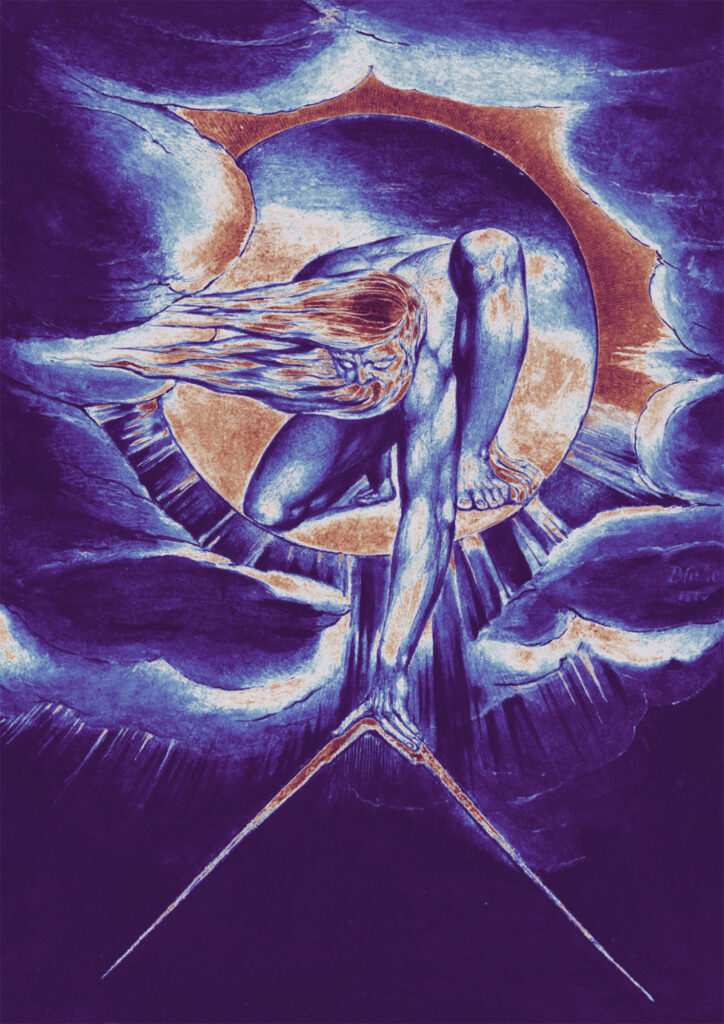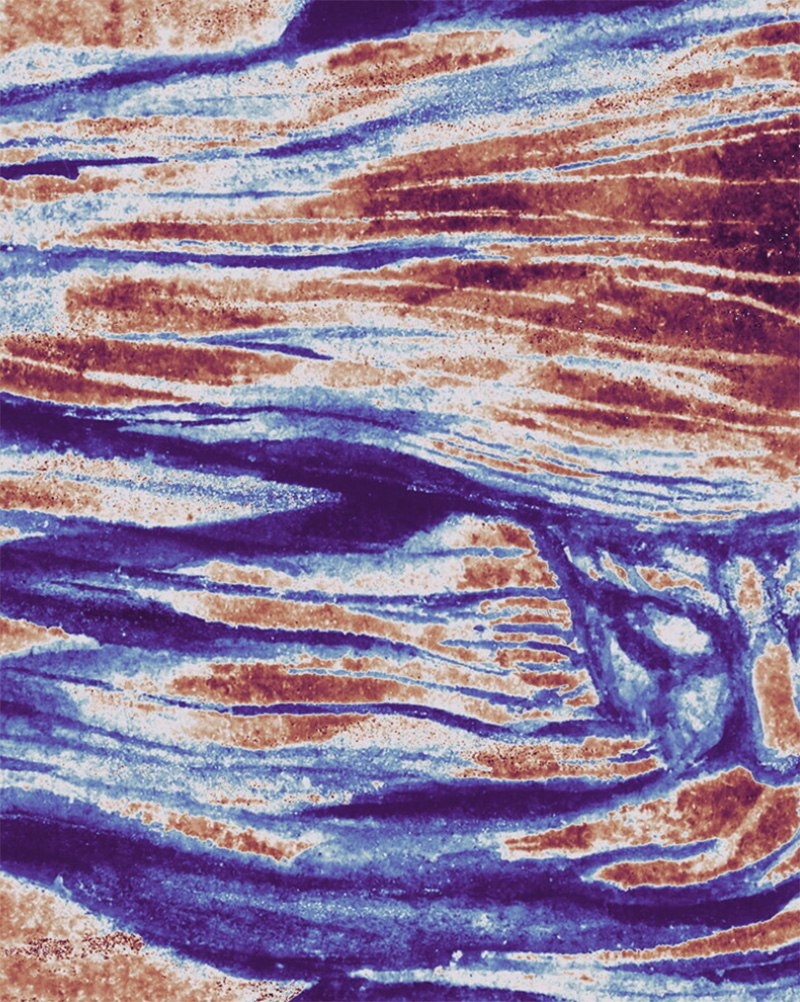The Whitworth Art Gallery at the University of Manchester has partnered with art platform Vastari Labs to release a NFT of William Blake’s 19th century watercolor “The Ancient of Days.“ On July 28, 50 editions of the NFT (two of which will be retained by the institution) will be launched on hic et nunc, an environmentally friendly platform supported on the Tezos blockchain, with prices starting at 999 tez (approximately $2,200).
Part of the Manchester gallery’s larger research endeavor, Economics The Blockbuster, which examines the social benefit of alternative economic models and is set for a major exhibition in 2023, this NFT release intends to explore how private capital in crypto spaces can be directed into social capital. According to the gallery, proceeds from the sale will be assigned to a Whitworth community fund and dedicated for use in socially minded projects aimed at applying artistic approaches to education, health, and environment, in partnership with local organizations and communities.

The William Blake NFT makes the Whitworth the first UK museum to mint and sell a NFT. Image: The Ancient of Days NFT, 2021, courtesy of the Whitworth, The University of Manchester
The contrast between the Whitworth’s intentions and NFTs’ high-flying reputation as speculative digital assets is not lost on the gallery. “I was slightly suspecting a few antagonistic challenges: you’re a public museum stepping into this place, which to date has pretty much been the province of individuals and rampant capitalism,” the Whitworth’s Director, Alistair Hudson, tells Jing Culture & Commerce. “But [NFTs] are something different emerging on the scene which is about redirecting this capital into the social sphere. I would like to think of [NFTs] as a game changer.”
Hudson elaborates below on that potential for NFTs to boost and fund cultural institutions as much as the broader social imperative.
How did the partnership with hic et nunc come about? And what does the platform bring to the partnership?
We chose hic et nunc because we deemed it to be the best fit, aesthetically and strategically, with the NFT that we were producing. Because we’re working with Vastari, they advised a lot of the time, since for a museum like ours, this is new territory. We sought guidance from the people who were collecting [NFTs]. Because this is a critical project and a research project, because we’re a university gallery and this project is part of our bigger exhibition program about economics in general, we needed to launch on a platform that would give us the most boost in terms of hype and hic et nunc seems to be the most forward thinking platform at the moment. It seemed to fit with the methodology of who we were trying to reach.

Detail of The Ancient of Days NFT, 2021. Image: courtesy of the Whitworth, The University of Manchester
Could you outline the multispectral imaging software used to generate the NFT?
We secured a grant for the university from the UK Research Council for multispectral imaging, because of the nature of our collections and the need to continue digitizing our collections. It’s a range of equipment which is used to analyze images, works of art documents, and archives. And the equipment that we use to produce the NFT is one that uses different resonance frequencies to look at the density of pigment in the original William Blake.
One of the things we’re keen to look at is its provenance. There are question marks around its date of production, which is quite interesting in terms of why we use it as a NFT. Because that date stamp is not altogether clear, the date as it’s actually written on the image isn’t clear. We use this equipment to look at the layers of pigment and assess when it was made, how it was made, the time it took to apply all these different layers, and to see if it would reveal a little bit more of Blake’s hand. We were really looking at these different ways of reading the image to try and analyze how it was made and get a better established way of understanding its location and time.
Do you see NFT sales being a feasible method for museums to raise funds in the future?
I certainly see the potential in it. This is obviously the first NFT we’ve produced. We are, in a way, doing it as an experiment, I suppose, on behalf of the sector. We’re really looking at how this will actually work in reality, and I think the only way to do that fully is to dive in and get our hands dirty, and to actually be involved in the production, dissemination, marketing, and sales of these things.
How else do you see cultural institutions exploring NFTs?
I’m very interested in how we democratize museums and open them up more fully for the benefit for a wider number of people. So I’d be interested in looking at the future of NFTs in a way that you would perhaps have low-cost NFTs you might buy for $1 or 50 pence but in large numbers — kind of like grassroots philanthropy, which would be about investing in public infrastructure and cultural capital.
That’s the reason we wanted to change the game a little bit with this NFT, and make it so the proceeds went to social community projects in the neighborhoods around the museum. It wasn’t merely about boosting the coffers of the museum, it wasn’t about simply supporting the edifice of the museum for its own sake. It was about how we actually articulate the way that modern museums now work. So I think NFTs have the potential to unlock a different kind of discourse around museums and collections.
If this project is successful, is the Whitworth considering potentially minting more NFTs?
If it’s something that works, I think it does have potential, but I’d like to try them on a range of scales. But I think you have to do it with integrity and with true intent. And personally, I would not want to go into the business of producing NFTs purely to make money or purely to gain traction in an attention economy. The true aim should be about delivering the work of the institution, which benefits society in an equitable way. So what we do, ultimately, is about generating resources to put into health, education and social justice.



